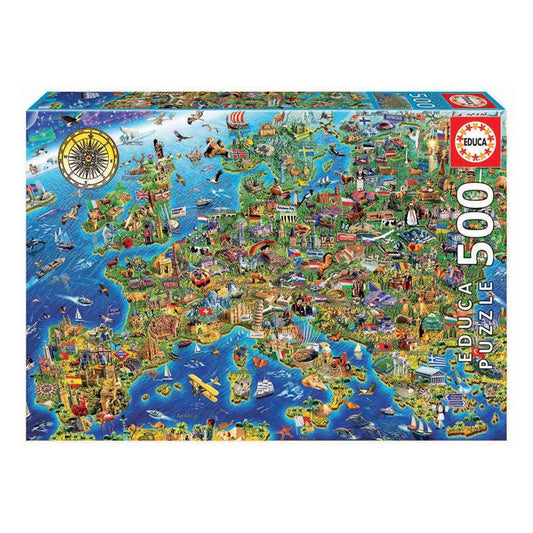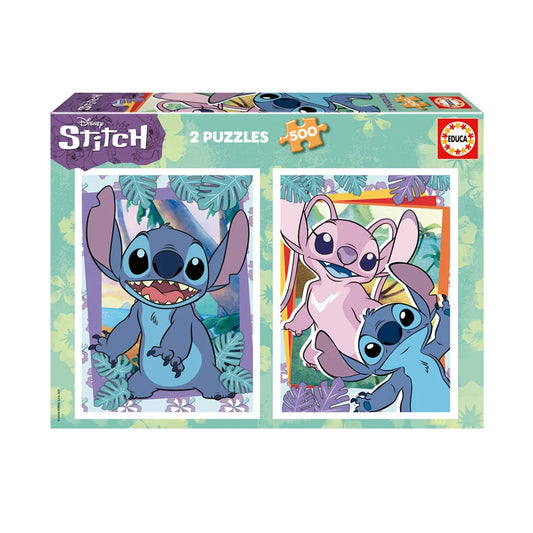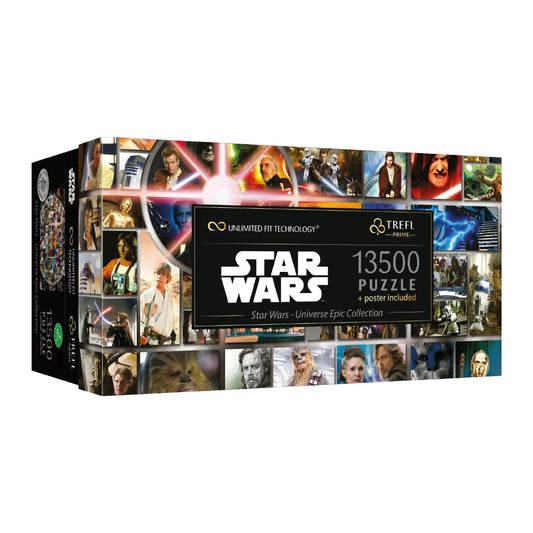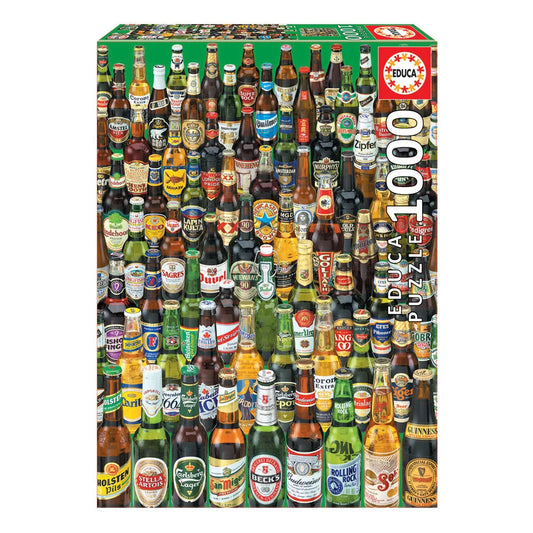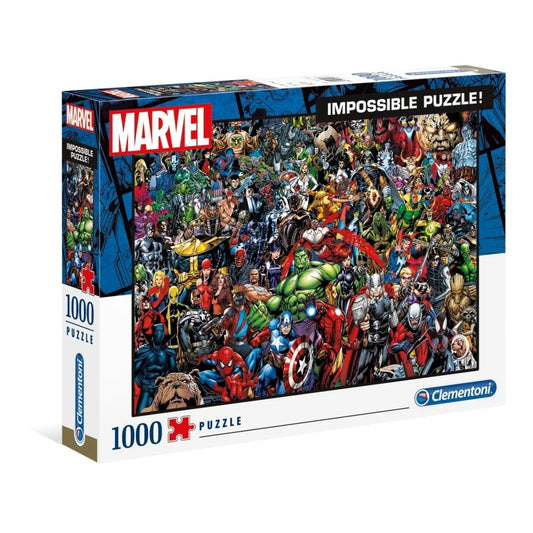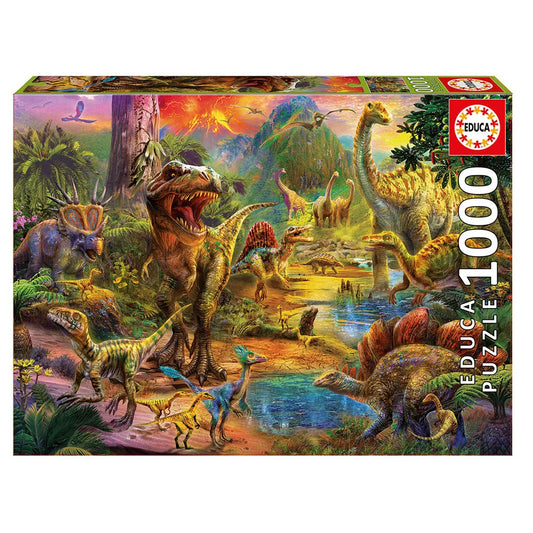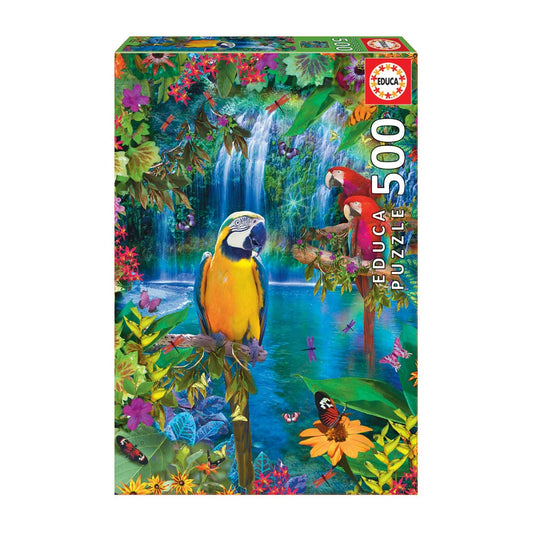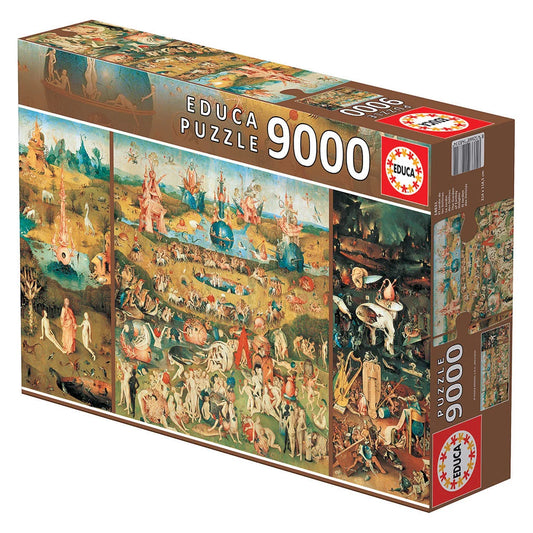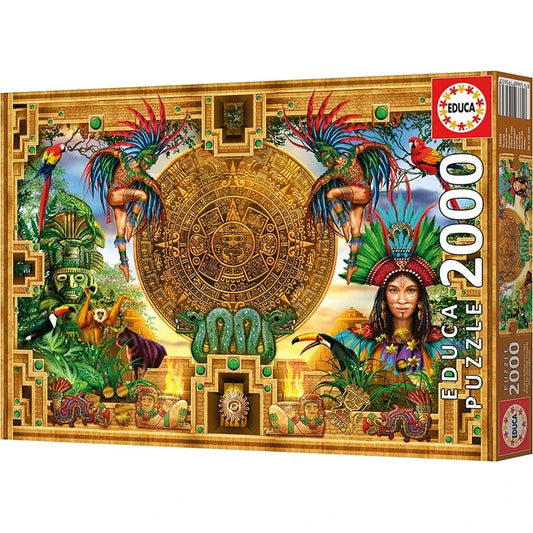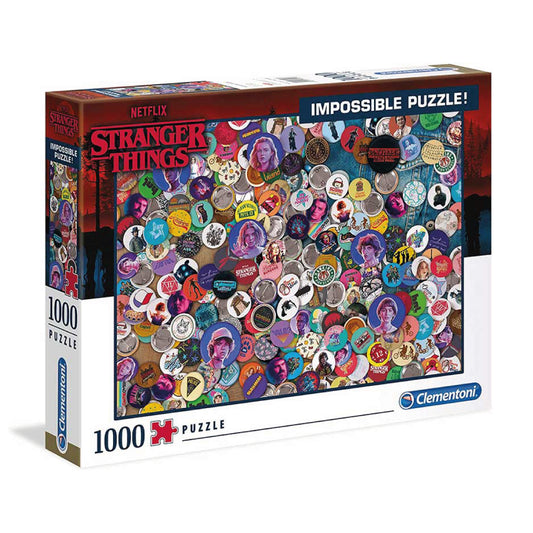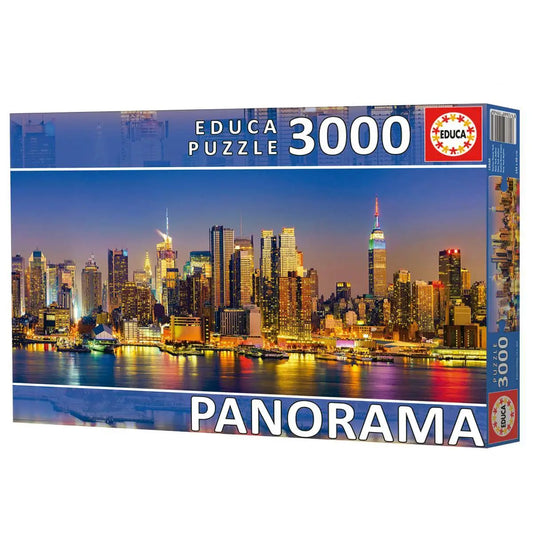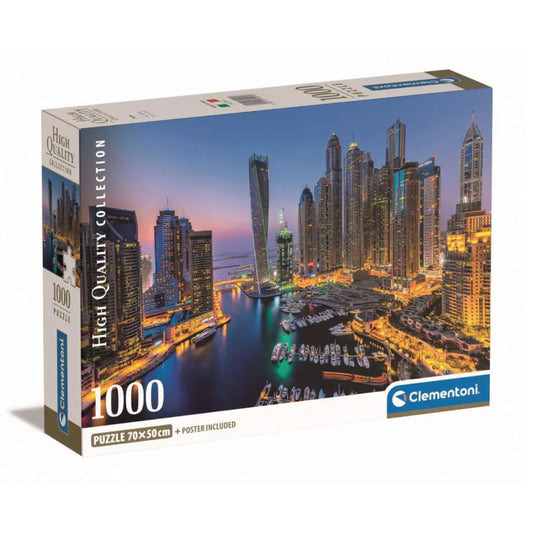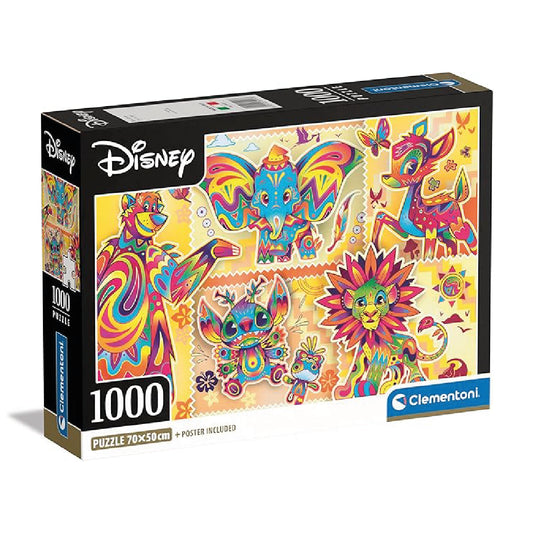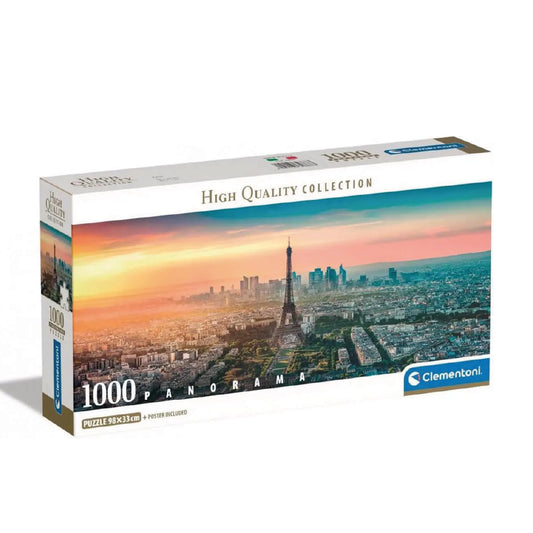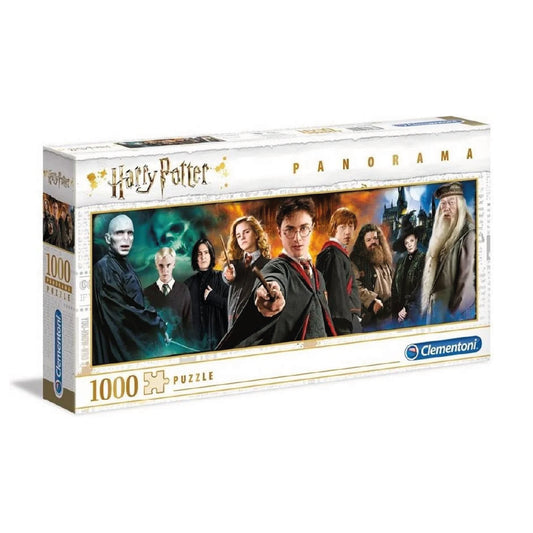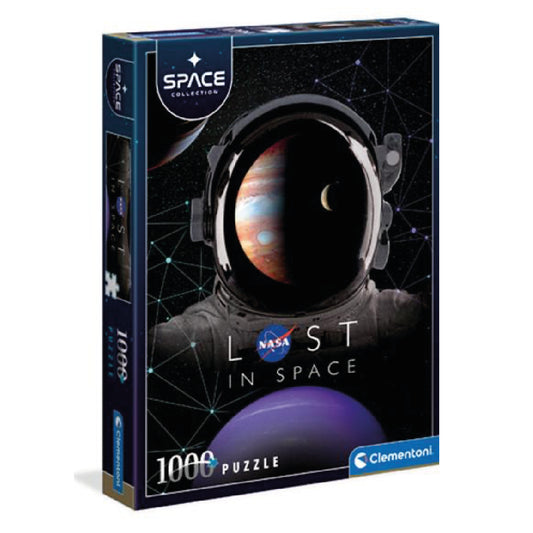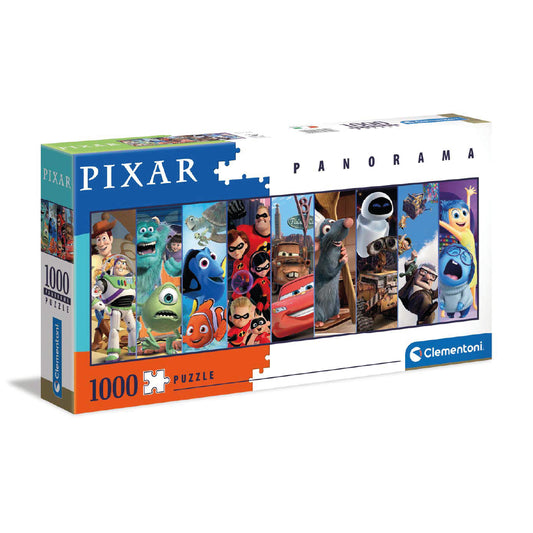
Many believe that puzzles are merely a childhood pastime, associated with afternoons without school and tables full of colorful pieces. However, for adults, puzzles have become an intellectual challenge, a social hobby, a relaxation tool, and even a way to practice several valuable skills. There are countless reasons to bring this practice back into our daily lives—and recent neuroscience studies prove that solving puzzles promotes significant cognitive and emotional benefits.
It's true: piecing together pieces or deciphering puzzles isn't just entertainment. Behind every solved puzzle lies a powerful mental exercise.
The renaissance of puzzles for adults
In recent years, puzzles for adults have become popular again among people of all ages. Publishers and specialty stores have launched sophisticated themed lines, artistic collections, 3D versions with innovative textures, and even large-scale challenges requiring weeks of dedication. Social media has become full of dedicated groups and forums, where people share progress, tips, and even collaborative "marathons."
Why this return? Much of it is due to the growing interest in mental health and the balance between leisure and productivity. We increasingly seek activities that divert our attention from our smartphone screens, that require focus and patience. Puzzles offer precisely that—a rare invitation to slow down, observe, and connect disparate parts to create a coherent whole.
Low costs, portability, and the infinite variety of themes and images make them irresistible to many. Unlike other hobbies, they don't require expensive equipment or large spaces.
Concrete benefits: far beyond distraction
Puzzles, far from being a mere pastime, act as true mental workouts. Solving a puzzle simultaneously activates several brain areas:
- Visual cortex: responsible for identifying patterns, recognizing colors and shapes, analyzing details;
- Left and right hemispheres: work together, balancing logic and creativity;
- Frontal lobe: related to problem solving, decision making and planning;
- Working memory: crucial for temporarily retaining information and testing hypotheses during assembly.
Different types of puzzles provide different stimuli and learning experiences:
| Puzzle Type | Main Skill Stimulated | Application Example |
|---|---|---|
| Physical puzzles | Visual perception, motor coordination | Puzzles from 500 to 3000 pieces, landscapes |
| Crossword | Vocabulary, deductive reasoning | Weekly magazines, educational apps |
| Sudoku | Logic, attention to detail | Newspapers, online platforms |
| Mathematical riddles | Mental calculation, abstract thinking | Game books, coffee challenges |
| 3D Puzzles | Spatial vision, planning | Building replicas, Rubik's cube |
It's worth remembering that regular engagement in these exercises can even delay symptoms associated with brain aging. Researchers have noted positive effects in elderly individuals who engage in these types of activities, such as increased mental acuity, better performance in daily tasks, and educational benefits.
Relaxation and presence: less obvious benefits
The total concentration required to solve a puzzle creates a state similar to meditation. Many adults report that this practice helps them relieve daily stress, reduces anxiety, and facilitates sleep. The simple act of searching for the right piece and fitting it together can induce a state of flow—that moment when everything around you disappears and your mind is fully dedicated to a task.
Some people also use puzzles as a mindfulness tool: sitting down, turning off your phone, forgetting about the clock, and completely immersing yourself in the challenge is, for some, one of the most effective forms of accessible self-care.
Socialization and development of interpersonal skills
While solving puzzles may seem like a solitary act, there's a social aspect that shouldn't be underestimated. Solving a puzzle with family or friends fosters collaboration, communication, and mutual respect. Everyone must negotiate strategies, share successes, deal with frustrations—and savor shared achievements.
This practice can be especially beneficial in team-building contexts in companies, senior residences, and even in occupational therapy.
How to choose the ideal puzzle?
With so many options, what's the best type of puzzle for adults? It depends on the intended purpose and the profile of the person who will be assembling it. Here are some tips to help you choose:
- Difficulty level: Start with fewer pieces, gradually increasing the challenge.
- Topic of interest: paintings, maps, iconic cities, nature, abstracts or personal photographs.
- Format and size: There are small puzzles that fit on a board for those with limited space, or full-fledged murals for those looking for a bigger challenge.
- Material: in addition to the traditional card, there are options in wood, plastic, metal and even fabric.
If you enjoy quick challenges, crosswords or Sudoku may be ideal. Those who prefer prolonged manual activities will find greater satisfaction in traditional physical interlocking puzzles.
The fascination of great works
Some brands release puzzles with thousands of pieces, dedicated to works of art, historical maps, or high-resolution photographs. These projects have won fans not only for their intellectual challenge but also for the spectacular end result. Many choose to frame and display them, immortalizing weeks (or months!) of dedication.
On the other hand, 3D and mechanical puzzles allow you to build replicas of famous monuments, functional artifacts, or clockwork mechanisms. Perfect for those who enjoy combining engineering techniques with the highly tactile satisfaction of fitting one piece after another.
Digital or traditional?
The digital format of puzzles has gained popularity, especially when physical space is limited or practicality is desired. There are apps that offer everything from classic puzzles to daily challenges, leaderboards, and remote collaboration modes.
Even so, the traditional format retains its charm. Touching the pieces, feeling different textures, appreciating vivid colors under natural light, and observing the physical progress of the work continue to be aspects valued by purists.
Each format has its own advantages:
- Digital: More practical, accessible outside the home, almost infinite variety of options.
- Physical: Brings sensory satisfaction, becomes a decorative object, encourages family moments.
Puzzles as a gift and a lifestyle
Giving a puzzle is more than just a gift; it's an invitation to slow down, exercise your mind, and enjoy your free time. From birthdays and holidays to even as a welcome gift for a new home, it's always welcome among adults of different generations.
Several publishers also offer custom puzzles —you can order a puzzle featuring a special photo, making this gift even more meaningful.
Incorporate puzzles into everyday life
Developing the habit of solving puzzles is simpler than it seems. Those with limited time can opt for short sessions, setting aside 15 to 30 minutes a day. Others prefer to make it a highlight of their weekends or even social events, challenging friends or family to puzzle afternoons.
The key is consistency and enjoyment. Rediscovering this activity can be the perfect break to ease the mind, stimulate the brain, and create memories around a table full of colorful pieces.
Just take the first step and choose that puzzle whose pieces seem to call out to you. You'll hardly regret this exercise in patience, cunning, and contemplation.

